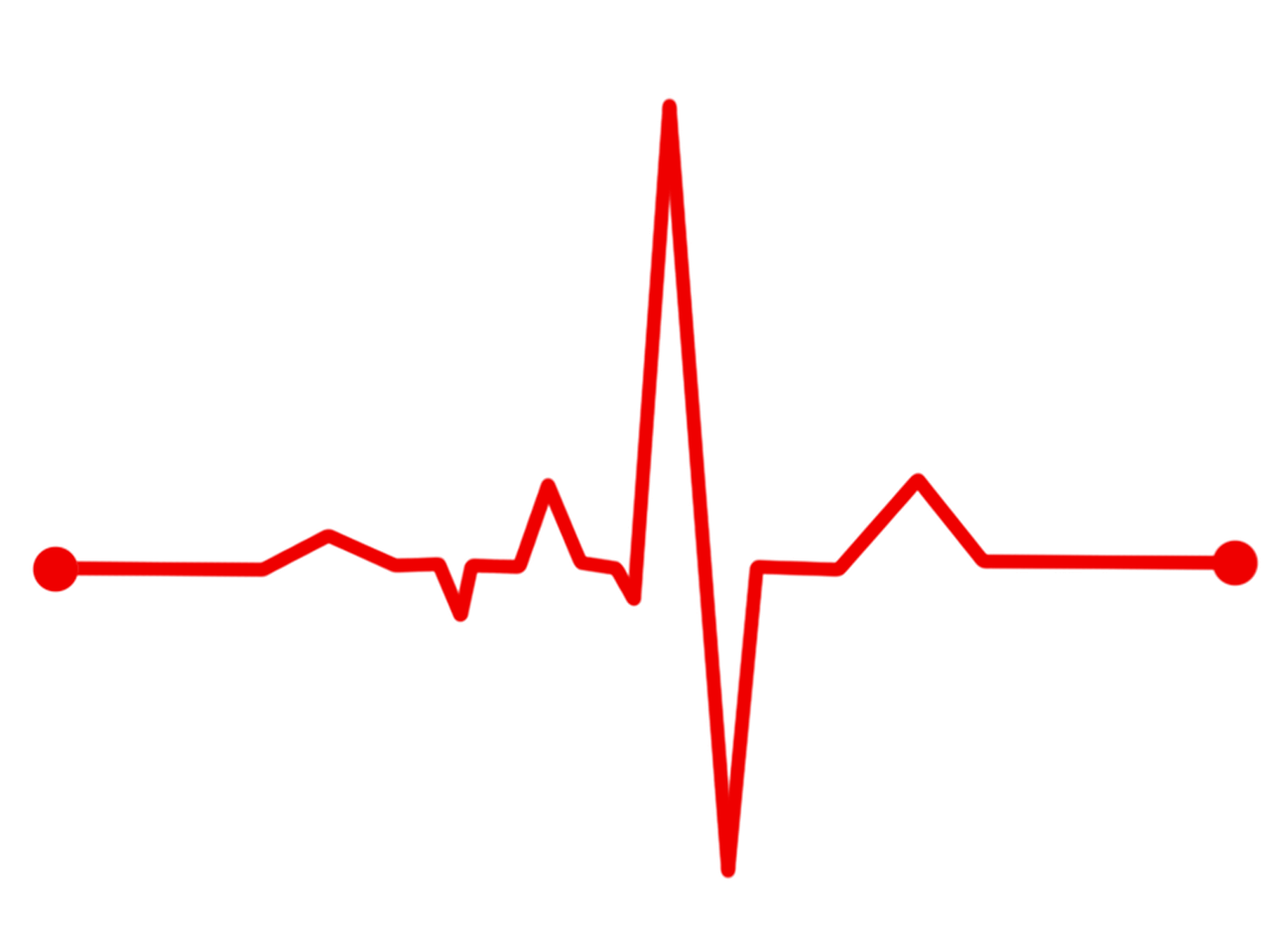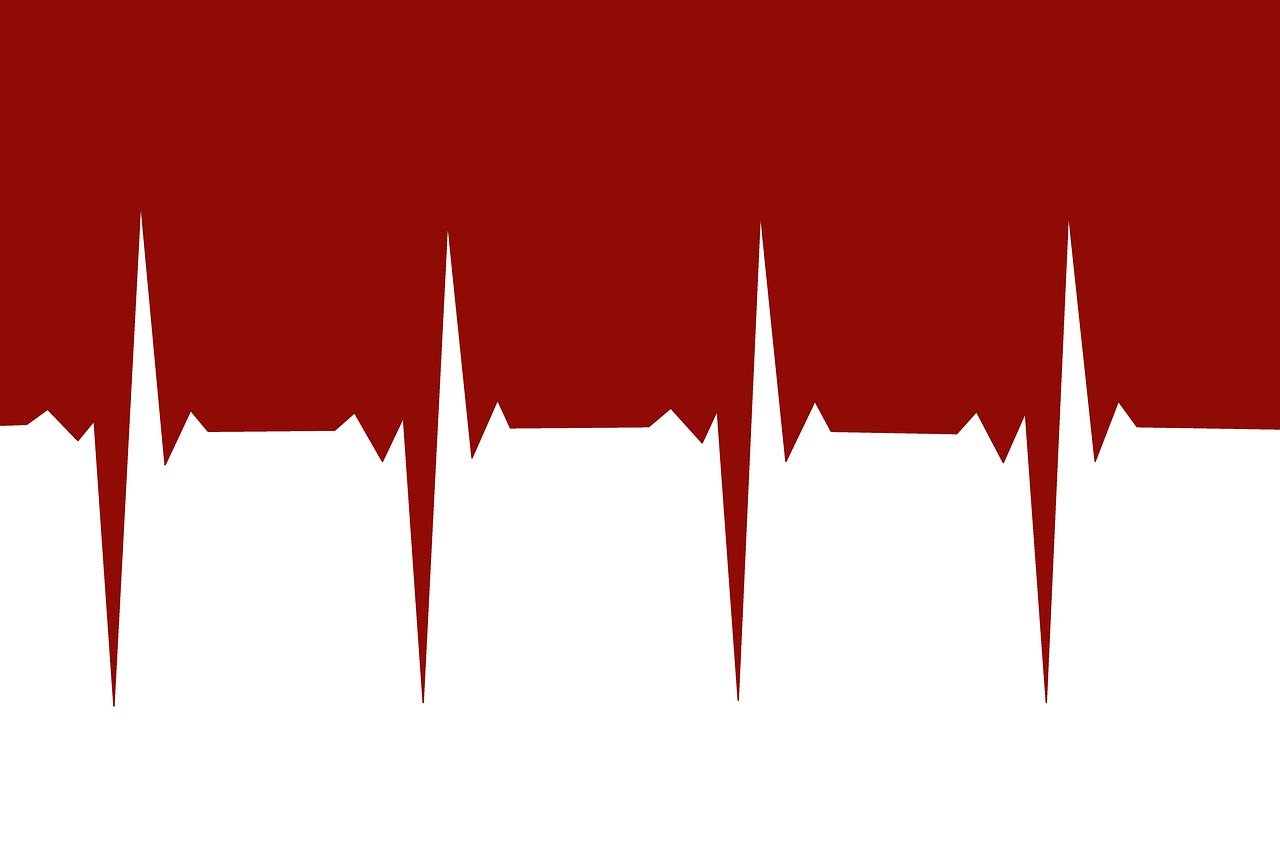
|
IN BRIEF
|
Understanding bounce rate optimization is crucial for improving website performance and enhancing user engagement. The bounce rate refers to the percentage of visitors who leave a webpage without taking any further action, making it a key metric in assessing how effectively your site retains visitors. By analyzing and optimizing this metric, businesses can implement targeted strategies to lower their bounce rates, leading to increased user interaction, higher conversion rates, and ultimately better SEO rankings. This process not only aids in keeping visitors on the site longer but also creates a more satisfying user experience.

Understanding Bounce Rate and Its Importance
Bounce rate is a crucial metric that reflects the percentage of visitors who leave a website after viewing only one page. It serves as an indicator of engagement and a measure of a website’s effectiveness in capturing a visitor’s interest. A higher bounce rate often suggests that users are not finding the content relevant or engaging enough to explore further, which can adversely impact your website’s performance and its search engine rankings.
For instance, if a website has a bounce rate exceeding 70%, it may signal potential issues with content quality, page load speed, or user experience. In contrast, a bounce rate ranging from 26% to 40% is generally considered excellent, indicating a well-optimized site that successfully engages visitors. Understanding where your website stands in terms of bounce rate can help identify areas for improvement and drive strategies aimed at increasing user interaction and retention.

Understanding Bounce Rate and Its Impact on Your Website
Bounce rate is a crucial metric that reflects the percentage of visitors who leave a website after viewing just a single page without engaging further. This percentage serves as an indicator of user engagement and can greatly influence the overall effectiveness of your site. For instance, an average bounce rate typically ranges from 40% to 60%, with anything below 40% considered excellent. If your site achieves a bounce rate of over 70%, it’s a signal that significant improvements might be needed to retain your visitors.
Search engines, such as Google, factor in bounce rates when determining a website’s ranking in search results. A high bounce rate may lead to lower visibility, resulting in fewer organic visits. Therefore, it is imperative to adopt strategies aiming to reduce this rate, such as optimizing your site’s user experience, enhancing the relevance of your content, or ensuring mobile optimization for your audience. For further insights, consider exploring how to understand bounce rate and its implications on your website’s performance. Additionally, reviewing user experience design can provide actionable tips to keep visitors engaged longer.
Drastically Reducing Your Website’s Bounce Rate
Understanding Bounce Rate and Its Importance
The bounce rate is a critical metric in the realm of digital marketing. It represents the percentage of visitors who navigate away from a site after viewing only one page. A high bounce rate typically indicates that users are not finding what they are looking for, which can lead to missed opportunities and a negative impact on SEO rankings. In fact, search engines like Google may interpret a high bounce rate as a sign that your content is not relevant or engaging, ultimately affecting your website’s visibility in search results.
Improving your bounce rate involves a multi-faceted approach. Here are some effective strategies:
- Enhance User Experience: Ensure your website is user-friendly, with intuitive navigation and a clean layout that facilitates seamless browsing.
- Optimize Loading Speed: A slow-loading website can frustrate users, causing them to leave. Utilize tools to assess and improve your page speed.
- Create Compelling Content: Engaging, high-quality content encourages visitors to explore further. Use visuals, anecdotes, and clear calls-to-action (CTAs).
- Implement Internal Linking: Guide readers to related content within your site, encouraging them to stay longer and discover more.
We should also consider the industry context; according to recent data, a bounce rate between 26% and 40% is considered excellent, while rates of 41% to 55% are average. Rates above 56% often indicate a need for improvement. Assessing your website’s specific industry standards can provide deeper insights.
Moreover, utilizing analytics to monitor user behavior can reveal where visitors tend to drop off, allowing for targeted improvements. Strategies such as enhancing mobile optimization and refining SEO practices can also contribute significantly to reducing bounce rates and improving overall engagement. For detailed guidance on content promotion, click here. For insights into the SEO impact of bounce rates, you can visit this link.

Understanding and Reducing Bounce Rate
Bounce rate is a critical metric that measures the percentage of visitors who navigate away from a webpage without engaging further, such as clicking links or filling out forms. It reflects the engagement level of your audience and is a direct indicator of your website’s effectiveness.
A high bounce rate, typically defined as anything above 56%, suggests that visitors are not finding what they are looking for, leading them to exit after viewing just one page. The ideal bounce rate generally falls between 26% and 40%, with rates between 41% and 55% being considered average.
Understanding how bounce rate impacts your website’s SEO performance is essential. Search engines like Google use this metric as a ranking factor; thus, a high bounce rate can impede your search engine visibility and affect traffic acquisition.
To effectively reduce bounce rate, consider implementing several actionable strategies. Improving user experience through better design, ensuring mobile optimization, and enhancing content relevance can significantly keep visitors on your site. Moreover, engaging call-to-actions (CTAs) and clear navigation pathways can encourage deeper exploration of your website.
By continuously analyzing and optimizing your website’s bounce rate, you will foster better visitor retention, improve user engagement, and ultimately enhance your online presence.

Understanding the bounce rate is essential for enhancing user engagement and overall website performance. The bounce rate represents the percentage of visitors who leave a website after viewing only one page, which can significantly impact how effectively a site retains users. A desirable bounce rate typically falls between 26% and 40%, indicating strong engagement, while rates above this range may suggest underlying issues that need addressing.
To optimize bounce rates, website owners should focus on delivering appealing content, improving load times, and ensuring a seamless user experience. Search engines like Google also consider bounce rate as a ranking factor, which further underscores its importance in SEO performance. Ultimately, a lower bounce rate not only reflects better visitor retention but also contributes to improved search engine rankings.
By continuously monitoring bounce rates and adapting strategies to enhance user engagement, businesses can ensure that they provide valuable experiences that keep visitors returning. In an increasingly competitive digital landscape, understanding and optimizing bounce rates will remain crucial for online success.
